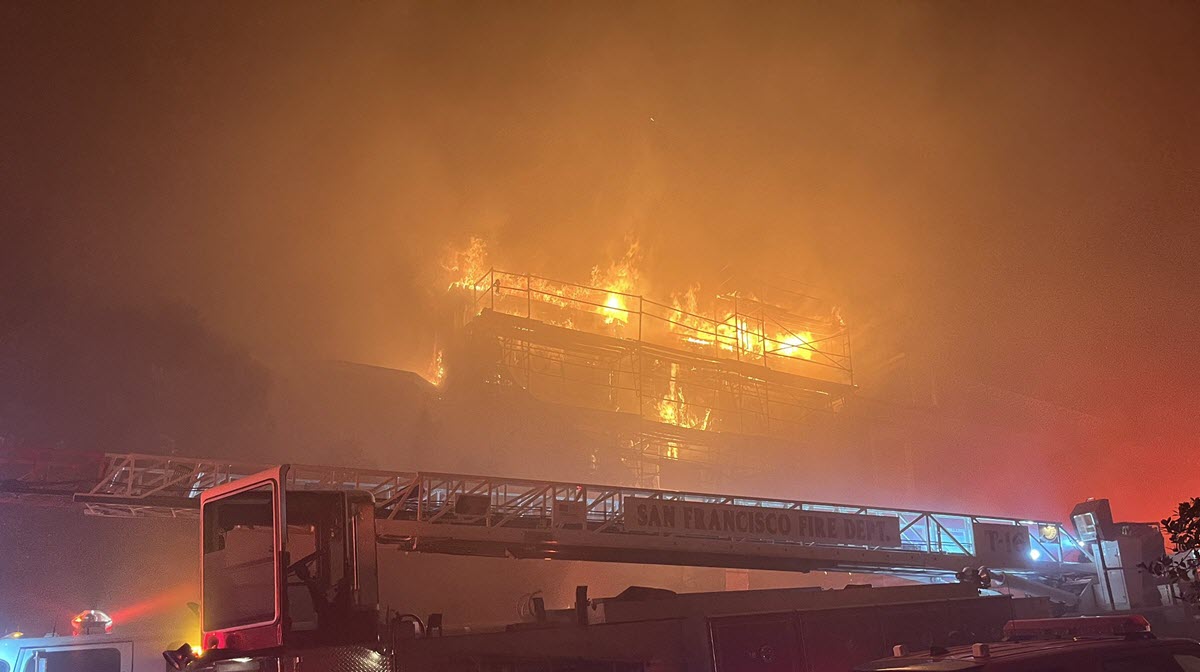Joel McElroy well remembers the storms of 1997, 1998 and then again in 2006 — when the San Joaquin River crawled over its levees on Sherman Island near Antioch and threatened to pour into the nearby farmlands.
"Looked like an ocean," McElroy said at the memory, glancing at the river. "The rollers were four to six feet, wind was blowing 50 plus miles an hour."
McElroy has a stake in the survival of the levees. For two decades the California Department of Water Resources manager has overseen the island’s levee system, designed more than a century ago to protect low-lying farms from the river.
In 1997, 1998 and 2006, El Niño-fueled storms whipped-up the San Joaquin-Sacramento Delta with high tides and blistering winds — pounding the levees as crews raced to shore them up. Following the 2006 storm, the state reinforced the levees with a cap of rocks.
With this year's El Niño expected to hemorrhage rain, McElroy was confident the recent fortifications on Sherman Island would hold.
"We’re ready," he said. "We’re hoping this is a big help to us."
But maintaining the Bay Area's levees to adequately standup to a rigorous storm is a Sisyphean task. Critters such as squirrels, beavers and owls regularly burrow into the levees making the ground unstable. McElroy cited instances where levee roads had collapsed beneath cars because the ground had been weakened by burrowing. Water officials said environmental protections sometimes prevent levee managers to exterminate the animals.
Local
"One of the challenges we have in trying to repair some of the rodent damage is we have a need for a public trust doctrine to make sure that we’re taking care of the environment," said David Pesavento, a Department of Water Resources engineer.
Pesavento said factors like climate change and rising sea levels were also complicating the department’s ability to predict how the levees would fair in extreme storm conditions. He said the phenomenon known as "king tides" coupled with a particularly strong storm could potentially propel the river waters over the banks, threatening nearby farmlands and homes.
"If this levee were to fail," said Pesavento standing on Sherman Island, "then there would be millions of dollars of agriculture land that would be potentially damaged."
Pesavento said California water managers are devoting resources to updating the state's aging flood systems, which include 1,600 miles of levees throughout California.
While McElroy expressed faith the levees would hold even in heavy El Niño rains, he stopped short of guaranteeing their ability to stand as a fortress for all unforeseeable conditions.
"You could have a problem anywhere," McElroy said. "It’s Mother Nature — she’s going to do what she wants."



